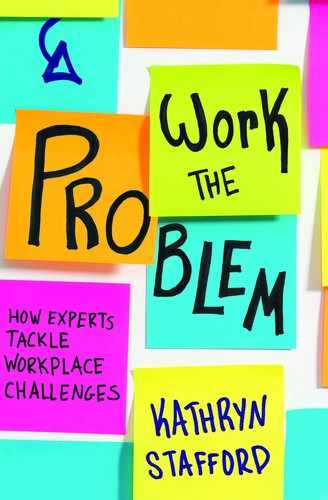TAKE 1
Commentary by Ben Locwin
Ben Locwin is CEO of a healthcare consulting organization. He has held executive roles for top pharmaceutical companies and developed human performance models for a variety of organizations.
Dr. Jonas seems to be the personification of “the old guard,” where cemented mindsets don’t allow innovation to match what the external environment is looking for—that is, a more personalized patient experience. I have had to field so many questions and conversations, and teach so many programs on patient-centricity over the past year, it almost seems like the patient was never even part of the primary care equation in the past. This is nonsense, of course, but with so many technological modalities pushing for personalization (such as choosing a show at the moment you want it with Netflix, or having meal boxes delivered to your door), the idea that as a patient, we can be put front and center in the process with personalized care has really taken off. It sounds great at face value; however, the issue is actually providing evidence-based care for patients in a way such that no one receives markedly better or worse care than anyone else. So the panacea of patient-centricity eventually meets up with the practical realities of healthcare systems serving millions of patients.
This case study begins by illustrating a focus more typical of business—creating an edifice (or edifices) designed to draw in new customers, yet with poor value propositions to keep the customers happy with the actual service. I’ve done work in hospitals where they tried to have better magazine subscriptions, HD TVs, faster Wi-Fi, better coffee machines, and so forth. But what the customers really want is better care and service, not better magazines. These efforts become wasted money.
Another case of dubious appropriation are the ubiquitous “patient surveys,” referenced in this case as evidence of a “renewed mission of patient care.” I have a colleague who had a fairly major surgery recently and, after being a patient for about five days, received a survey at home asking “how they did.” His response was to throw it out, because “they simply did their job.” With so much self-selection happening in the survey respondents (who will most likely return it only if they have strongly negative comments), the applicable usability of the surveys asymptomatically approaches zero.
Dr. Jonas doesn’t have a clue how to manage the future of patient care in the Wellness Institute and is looking to have Emily be the point person for developing all new approaches, for which she’ll receive almost none of the credit. It was a hollow offer from Dr. Jonas, most likely motivated by his fear of losing her. This isn’t uncommon—in fact, every counteroffer ever proposed in business has been due to fear of losing good talent.
The Wellness Institute is already outsourcing to private practitioners, a management choice that makes it very difficult to rein in the variation in performance and practice within healthcare facilities. It’s like running an operations center stocked with temps—they don’t approach their work the same way; they don’t feel the same social identity with the building, grounds, and staff; and they don’t believe they need to adhere to “house rules.”
Emily will have much more ability to grow and flourish in the new division of UFHC than she will sticking with Dr. Jonas. In all likelihood, he won’t last much longer anyway if the strategic plan really was to push him to the periphery so that he leaves. In that case, Emily will have to face this same decision again—and she may not have an open opportunity waiting for her then.
Further, if Emily does stay, and budgets shrink and she feels resentment toward Dr. Jonas, she’ll feel like she had wasted all the time following her decision to stay. Typically, what motivates people to stay in “known” situations is fear of the unknown. Our brains are hardwired to give us alert signals if we’re doing something that’s out of our comfort zone. The alternative is to move on and face the associated uncertainties. This will seem to be a much riskier venture, but in this case, nothing could be further from the truth! The UFHC’s facility seems welcoming to her, it is practicing the type of contemporary medicine that she seems to resonate with, and her status quo is likely to change in the not-too-distant future. Emily won’t grow if she doesn’t brave new experiences.
